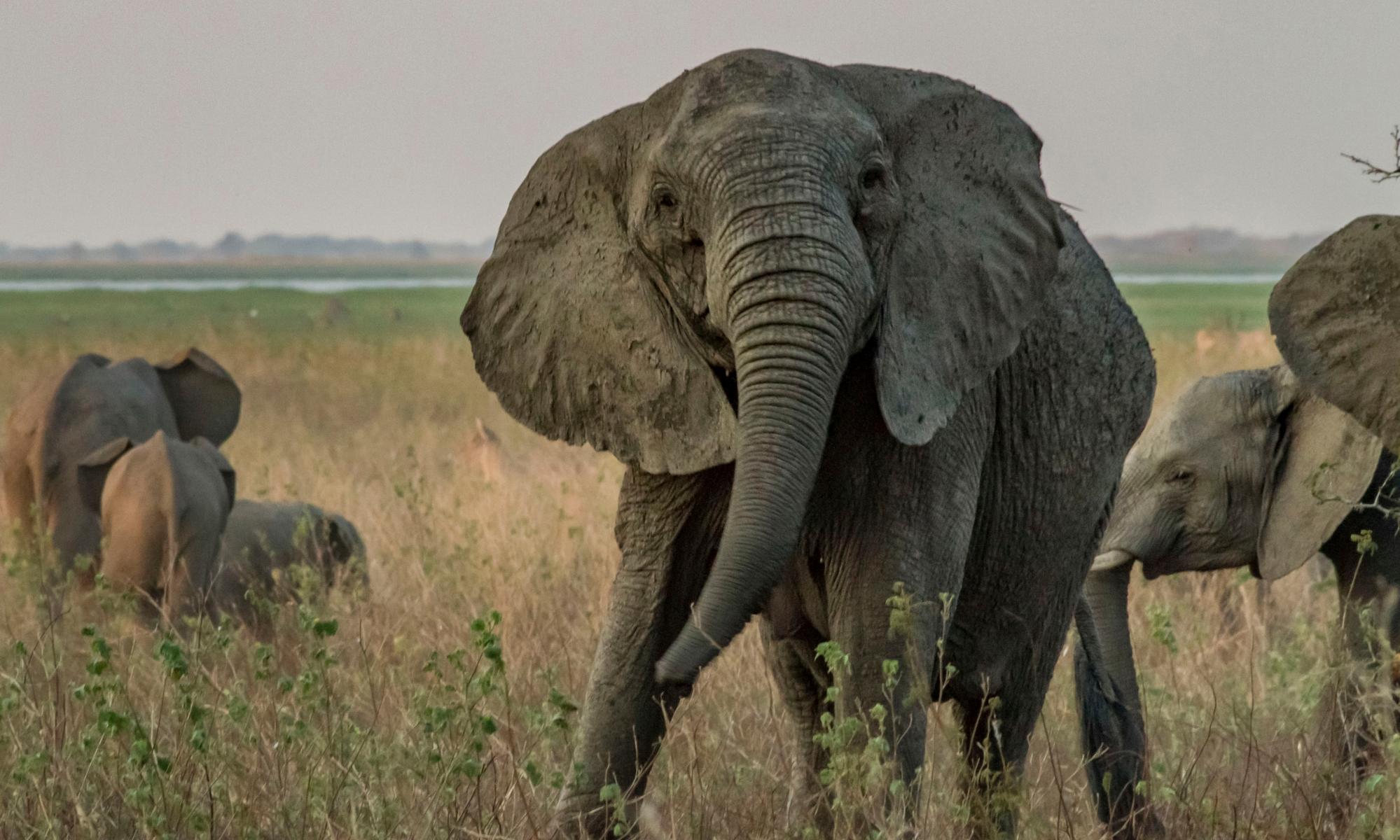Shrinking trees and tuskless elephants: the strange ways species are adapting to humans

From the highest hills to the depths of the ocean, human activity has had a profound impact on planet Earth. Many plant and animal species are undergoing a process of evolution in response, adapting to a world dominated by humans. A notable example of this can be seen during the Industrial Revolution, when the peppered moth underwent a transformation from having a predominantly black and white appearance to being entirely black. This change occurred as a result of soot darkening the trees in its habitat, making the black moths more difficult to detect and allowing them to survive to reproduce.
As human activity has increased, nature has been forced to evolve in unexpected ways. We reached out to researchers globally to gather reports of notable changes in the natural world during this century.
Shrinking mahogany trees
She explains, "There will never be a point where this species will grow as tall as it once did," she says. Previously, mahogany trees were capable of reaching heights of up to 20 metres, but in their natural state, says Rivers, "They now exist as larger shrubs lacking commercial value, because the tallest trees had been cut down, were unable to reproduce and pass on their diverse genetic makeup which encouraged the growth of large trees."
.
Brittle stars that like beer bottles
A brand new type of brittle star has been discovered approximately 300 metres off the coast of Curaçao in the Caribbean. This pentagonal creature, closely related to the starfish, was found by the Natural History Museum's long-time curator of echinoderms, Dr David Pawson, during a submersible dive. Since being discovered, it has been observed inhabiting unusual locations. Dr Hugh Carter, a starfish expert at the Natural History Museum, comments: “Prior to this finding, live specimens had only been spotted on discarded Heineken bottles at a depth of around 300 metres, which were most likely dumped overboard by commercial fishing boats. Another individual was found living on a discarded rubber tyre. "It's intriguing that species within this genus primarily live on rocks, but this particular species appears to be comfortably continuing this habit using human-made debris," he notes.
Snails To combat urban heat, oyster shells with lighter-coloured shells are utilised.
Scientists think this change is due to the hotter temperatures found in urban areas, where temperatures can be up to 8 degrees Celsius (14.4 degrees Fahrenheit) higher than in rural areas. Dr Menno Schilthuizen, a Dutch biologists, says: “Snails inside dark coloured shells are more likely to overheat and die. It's probably the light coloured shells that help snails stay just cool enough on the city's hottest summer days.”
Swallows with shorter wings to avoid car s
Wings of shorter span allowed birds to dodge swiftly moving traffic with ease, whereas those with longer wings were more prone to fatalities. "It's akin to the distinction between a reconnaissance plane and a fighter jet," stated the late Mary Bomberger Brown, Professor at the University of Nebraska-Lincoln, who led the investigation.
Unfortunately, it appears that elephants are unfortunately being forced to undergo procedures to have their ivory tusks removed. poachers
.
Related: Scientists warn that flowers may be abandoning attempts to attract scarce insects by evolving to self-pollinate.
Tanya Smith, a senior adviser at WWF-UK, remarks: "A sad consequence of the relentless pressure of poaching over the years is a rise in African elephants born with significantly reduced or no tusks. This is a stark illustration of how human activities lead elephants to lose one of their defining characteristics."
In the Guardian app for more on nature stories.
Post a Comment for "Shrinking trees and tuskless elephants: the strange ways species are adapting to humans"